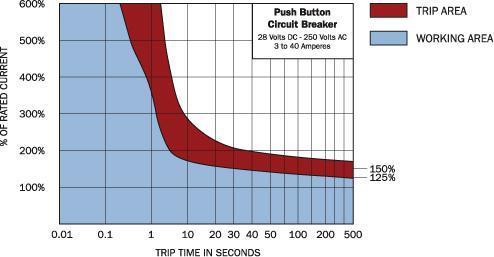Our records reveal that the number one cause for actuator failure is motor damage due to these two mistakes:
- Obstructions in the actuator’s travel path
- Excessive loads for prolonged periods
If you find your actuator lifeless despite repeated attempts to power it, you may want to bring your nose close to the motor for a quick sniff. Burnt smell is a common sign of motor damage. This smell is not similar to slightly burnt meat or a campfire, it is an unnatural smell that is common with burnt electronics. If this is what your motor smells like, it is very likely it is beyond recovery. Fear not, however, give us a call and our engineers will get you fixed up!
The easiest way to prevent this is to simply make sure that there are no obstructions to the actuator’s travel path and you are working within the actuator’s rated load. This article will discuss how a fuse matches up against a current sensor to prevent permanent damage to your actuator should these mistakes occur.
Fuses – there she blows (or not)!
The fuse is the most common electronic safety device, but will it keep your actuator from burning out? The simple answer is… probably not. The problem with fuses is that it requires an excessive amount of current before it blows.
Here is an example of a Resettable Circuit Breaker’s operation characteristics, which is less sensitive than regular fuses but you will notice the trend is very similar. As you can see, the breaker will not blow unless you have a really large current spike or a prolonged current draw. This is great for detecting short circuits, which is why our control boxes are equipped with fuses.

Actuators, on the other hand, are likely to burn out before drawing the current required to blow the breaker. Here is a Current vs Load graph of our PA-14 Mini Linear Actuator. One would assume that a high force would yield a high force, following the linearity of the trend. In actuality, obstructions and largely excessive forces will simply prevent the actuator from moving and will cause the actuator to draw about 100% of the rated current, thus never blowing the breaker. The actuator will continue to draw power and develop heat until the motor windings burn out and break the electrical connection. At this point, the actuator will produce the previously mentioned burnt smell.
Why might one use a fuse to protect the actuator you may ask? Two words, cheap and simple. An automotive fuse blade type fuse with a smallholder can be purchased for a few bucks and can be spliced onto almost any electrical circuit. It is tricky trying to get the correct fuse rating to ensure that it blows before your actuator does. This requires familiarity with the actuator’s current characteristics (can be found on our website) and intimate knowledge of your application’s current demands. There are lots of fuse ratings and fuse styles including fast-blow fuses. This makes it easier to conduct the trial and error testing if you so desire.
Current Sensors – technical knowledge required?
Current sensors that require microcontrollers to monitor? That sounds complicated! Compared to fuses, yes, it is certainly more complicated. However, hear me out for a moment as I make an argument for this tech, or you can also check out our instructional articles on how to do it:
HOW TO MONITOR FEEDBACK OF A LINEAR ACTUATOR PART 1
HOW TO MONITOR LOAD FEEDBACK OF A LINEAR ACTUATOR PART 2
The premise of this technology is you have a current sensing device that outputs a signal which is then read by a microcontroller. The microcontroller monitors the current and controls the actuator as needed. These sensors come in many forms, some are simply clamped on top of your actuator wire, others are little modules that you wire into the circuit the same way you would a fuse. As seen in the instructional article, you can also have a current sensor built-in to a motor control device.
This tech allows the user very fine and instant control of the actuator. A very simple application will be to monitor if the current draw of the actuator exceeds the maximum current rating then shutting off power. Say goodbye to burnt motors forever!
Another application will be to use the current reading to ensure that a certain amount of force is applied. By using the Current vs Load characteristics, as shown above, you are able to get an approximate value for the amount of force you are exerting on an object.
If you are still worried about the complexity of this, I have good news for you. We are working on small devices that can be plugged into the actuator that will act as a fuse while providing the precision and adjustability of a current sensor/microcontroller combo! Stay tuned on our social media pages such as Facebook, Instagram, and Twitter for the latest updates!





